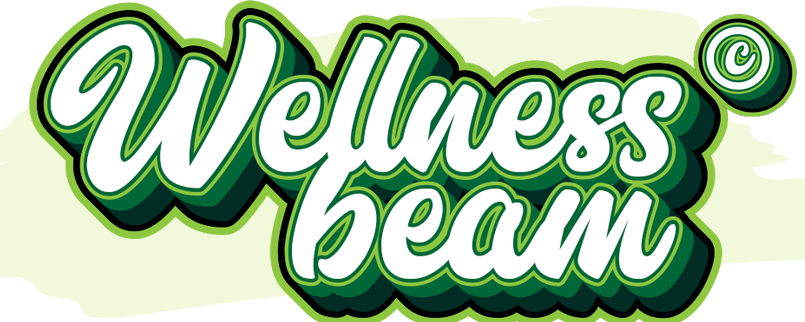Key Strategies to Foster Focus in Children with ADHD
Attention-Deficit/Hyperactivity Disorder (ADHD) is a prevalent childhood diagnosis, characterized by challenges in concentration, impulsivity, and hyperactivity. These symptoms significantly impact learning, social interactions, and self-esteem. Effective management of ADHD necessitates a coordinated approach, integrating multiple strategies rather than relying on a single intervention.
Keys to Improving Attention in Children with ADHD
Below are seven practical strategies for psychologists, educators, and teachers working with children diagnosed with ADHD.
1. Implement Structured and Predictable Routines
Children with ADHD thrive within a stable framework that allows them to anticipate upcoming events. Routines provide security, lessen anxiety, and foster habit formation. Utilizing visual schedules or activity calendars can be a crucial support for organizing daily activities, both in educational settings and at home.
2. Break Down Tasks and Set Intermediate Goals
Sustained attention often wanes with lengthy or complex activities. Dividing tasks into smaller, manageable steps aids concentration and boosts motivation, especially when each segment includes immediate feedback. This method is particularly effective for homework, extended reading, or clinical activities.
3. Employ Visual Supports and Self-Reminder Systems
Visual cues are powerful tools for strengthening working memory. Whiteboards, checklists, or pictograms enable children to track task progress without solely depending on verbal instructions. Incorporating visual or technological reminders further promotes gradual autonomy.
4. Provide Positive Reinforcement and Validate Effort
Positive reinforcement is essential in working with ADHD. Given that these children often experience criticism and setbacks, it is vital to acknowledge not only the outcome but also the effort invested. Strategies like token economies or contingency contracts are highly effective when applied consistently and adapted to the child’s developmental level.
5. Integrate Active Breaks and Channel Movement Needs
Motor hyperactivity should be viewed as a characteristic that, when managed effectively, can be an asset. Incorporating brief movement breaks between activities helps regulate energy and subsequently improves focus. In an academic setting, alternating desk work with psychomotor activities contributes to better attentional balance.
6. Adapt the Learning Environment and Reduce Distractions
The physical space directly impacts a child’s attention span. An organized, well-lit environment with minimal unnecessary stimuli supports sustained concentration. Strategically seating the child in the classroom, ensuring close supervision and reduced exposure to distractions, is a practical and effective measure.
7. Foster Self-Regulation and Metacognition
Beyond external supports, it is crucial to train children in recognizing and managing their own attentional processes. Self-instructions, modeling internal language, or childhood-adapted mindfulness practices are valuable resources. Through simple achievement logs or self-assessments, children develop awareness of their progress and learn to manage difficulties more autonomously.
Improving attention in children with ADHD requires a comprehensive approach, combining structured interventions, psychoeducational resources, and self-regulation techniques. These strategies should be integrated into an individualized plan, coordinated among professionals, family, and school. Ongoing professional development, ensures specialists can deliver evidence-based interventions tailored to each child’s specific needs and context.

